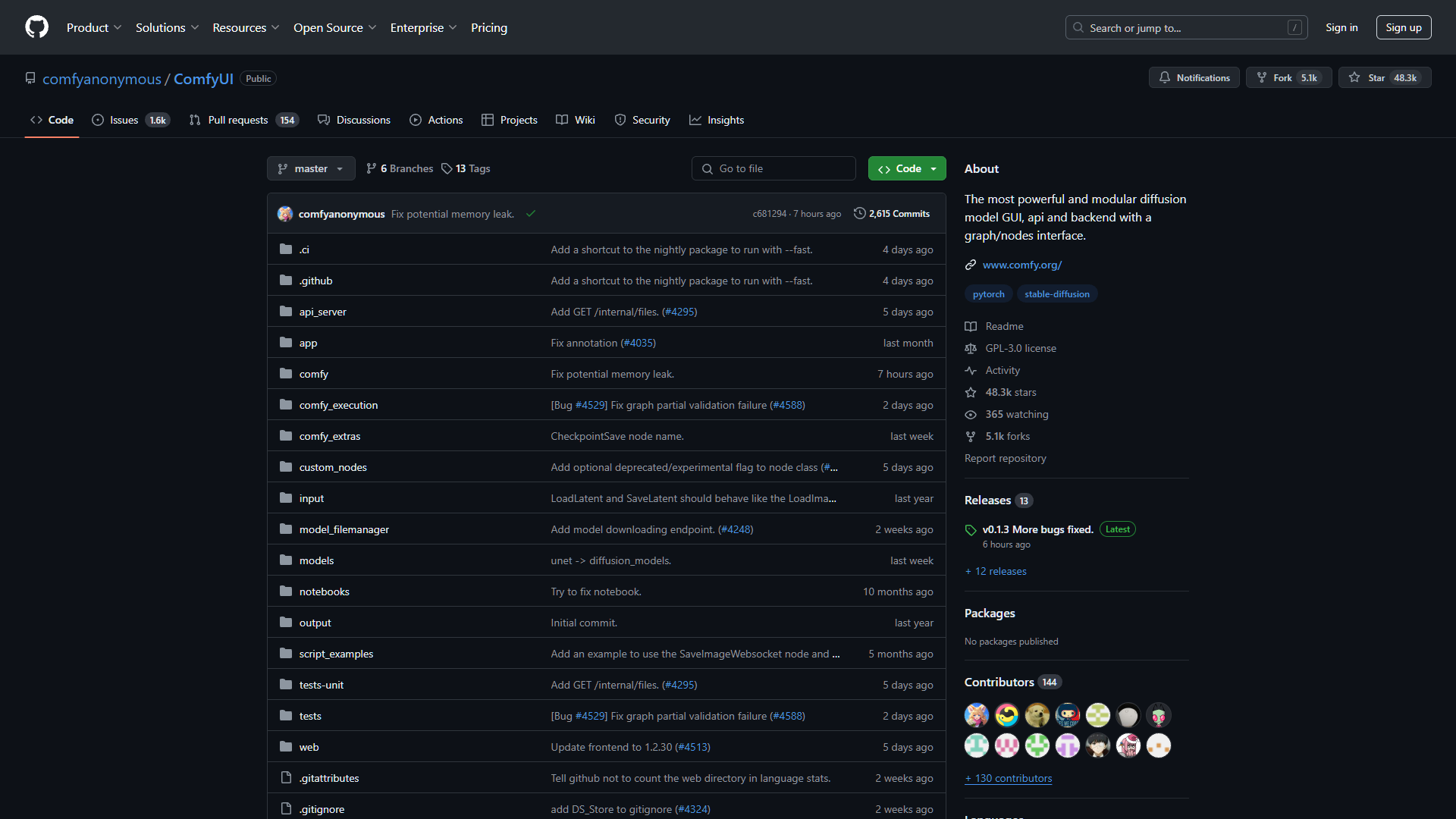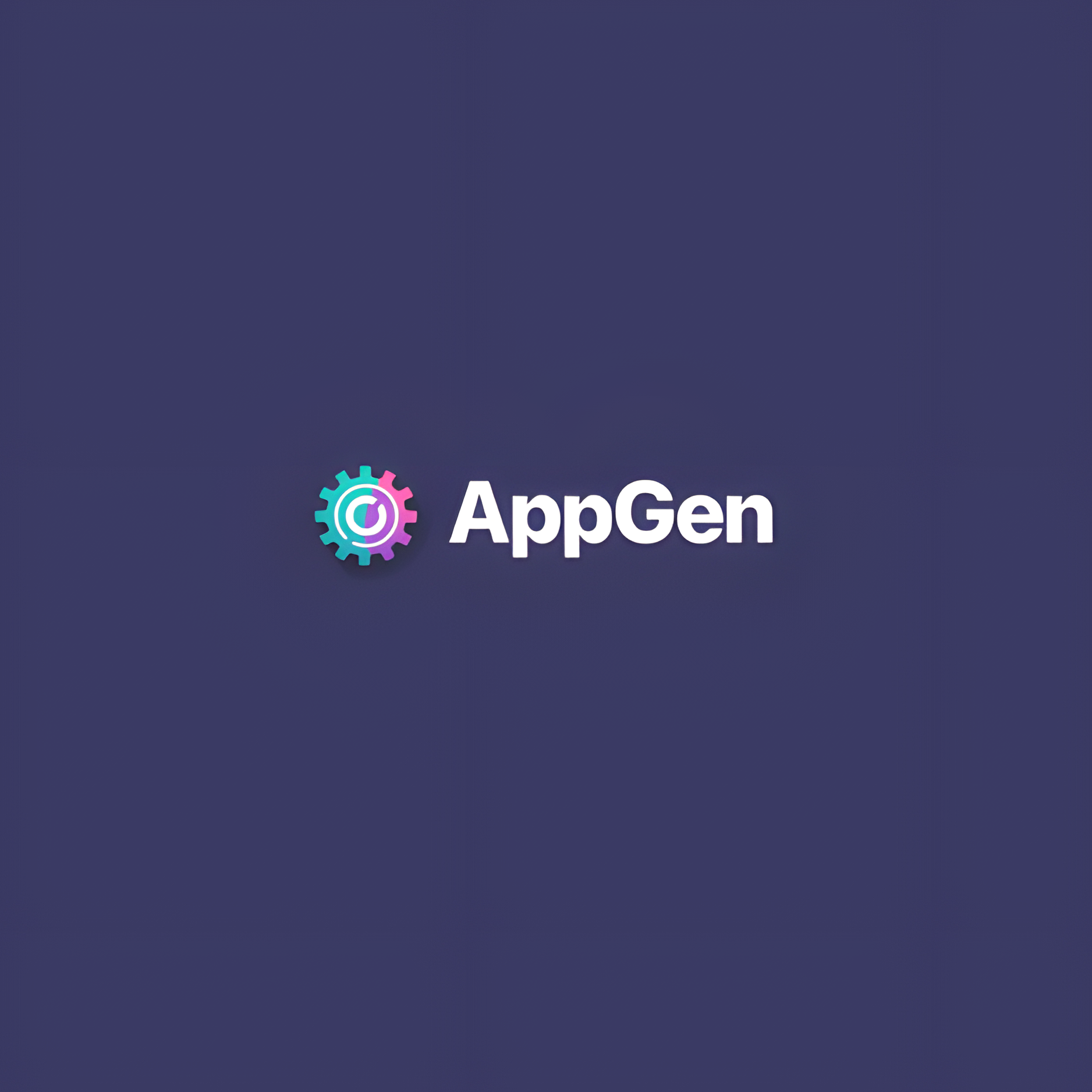Overview
ComfyUI stands out as an innovative tool designed to streamline the creation and execution of complex diffusion workflows, particularly catering to users who prefer a graphical approach over traditional coding. This robust platform supports a wide array of diffusion models including SD1.x, SD2.x, SDXL, and more specialized versions like Stable Video Diffusion and Stable Audio, making it highly versatile for various media applications.
The core of ComfyUI is its intuitive nodes/graph/flowchart interface, which simplifies the process of designing advanced stable diffusion pipelines. This feature is particularly beneficial for users who need to visualize and manipulate workflow components dynamically. ComfyUI enhances productivity through its asynchronous queue system, which optimizes workflow management, and smart memory management, which ensures efficient GPU utilization even with limited VRAM.
Moreover, ComfyUI offers offline capabilities, allowing users to operate without continuous downloads, and provides options to save and load workflows and models seamlessly. The tool supports a range of functionalities including embeddings, inpainting, and model merging, among others.
Installation guides for various platforms including Windows, Linux, and Apple Mac Silicon ensure that setting up ComfyUI is straightforward. The community support, coupled with accessible troubleshooting and feature request channels, underscores ComfyUI’s commitment to user engagement and continuous improvement. This makes ComfyUI a comprehensive solution for both novice and experienced users looking to leverage stable diffusion technology in their projects.
Key features
- Graph-based interface: Enables users to visually create and manage complex stable diffusion workflows using a nodes and flowchart approach.
- Support for multiple models: Compatible with a variety of diffusion models including SD1.x, SD2.x, and more, enhancing versatility in usage.
- Asynchronous queue management: Features an efficient queue system that allows for smooth handling and scheduling of multiple diffusion tasks.
- Advanced memory optimization: Utilizes smart memory management techniques to facilitate the operation of high-demand models on GPUs with limited VRAM.
- Offline capabilities: Allows users to operate fully offline, enabling workflow creation and execution without the need for continuous downloads.
- Workflow and model management: Provides options to save and load custom workflows, models, and checkpoints, streamlining project continuity and sharing.
 Pros
Pros
- Real-time collaboration: Enables multiple users to work simultaneously on the same workflow, facilitating teamwork and faster project development.
- Customizable user interface: Offers a highly customizable interface that allows users to tailor the layout and controls to their specific needs and preferences.
- Integrated debugging tools: Comes equipped with debugging tools that help users quickly identify and resolve issues within their diffusion workflows.
- Extensive documentation and support: Provides comprehensive guides and a supportive community forum to assist users in maximizing the tool's capabilities.
- Scalability options: Designed to scale seamlessly from small-scale projects to large, enterprise-level deployments, accommodating growth and complexity.
 Cons
Cons
- Steep learning curve: The graph-based interface, while powerful, can be complex and intimidating for new users unfamiliar with visual programming or flowchart logic.
- Limited real-time collaboration: Does not support real-time collaborative editing, which can hinder teamwork in environments where multiple users need to work on the same project simultaneously.
- Dependency on GPU hardware: Despite advanced memory optimization, performance and capabilities heavily depend on the user's GPU, potentially limiting those with older or less powerful hardware.
- No built-in version control: Lacks integrated version control systems for workflows and models, which can complicate management and tracking of changes over time in team environments.
- Platform-specific limitations: May not support all operating systems equally, potentially restricting users to specific platforms or requiring additional setup for compatibility.










